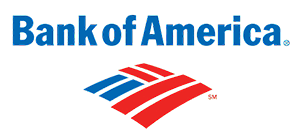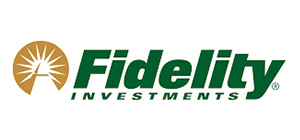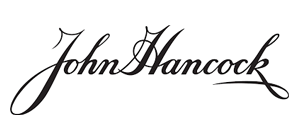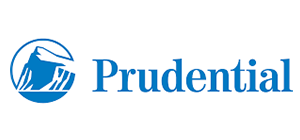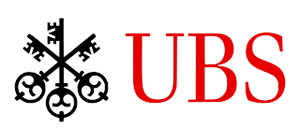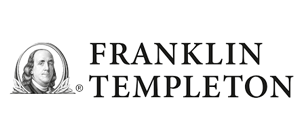CIO’s Winning Strategy: Strive to Be Average
For the past 20 years Texas Teachers Retirement System’s performance mimics the average of large public pensions tracked by MPI Transparency Lab.
Texas Teachers’ (TRS) pension fund is recognized to be one of the most sophisticated investors in the nation. Its investment team garnered more accolades, press mentions and recognition awards than all other pensions combined. However, a comprehensive quantitative report on the pension recently released by the MPI Transparency Lab and available for free download indicates that its performance track record is nearly indistinguishable from the average of the largest U.S. state pension systems tracked by MPI’s Lab. The performance charts below illustrate significant dispersion in performance and risk among this group of about 40 large pension funds, with Texas TRS consistently in the middle of the pack: 7.6% 20-year annualized return and 10.6% 20-year annualized standard deviation of published annual returns.
Sign in or register to get full access to all MPI research, comment on posts and read other community member commentary.
